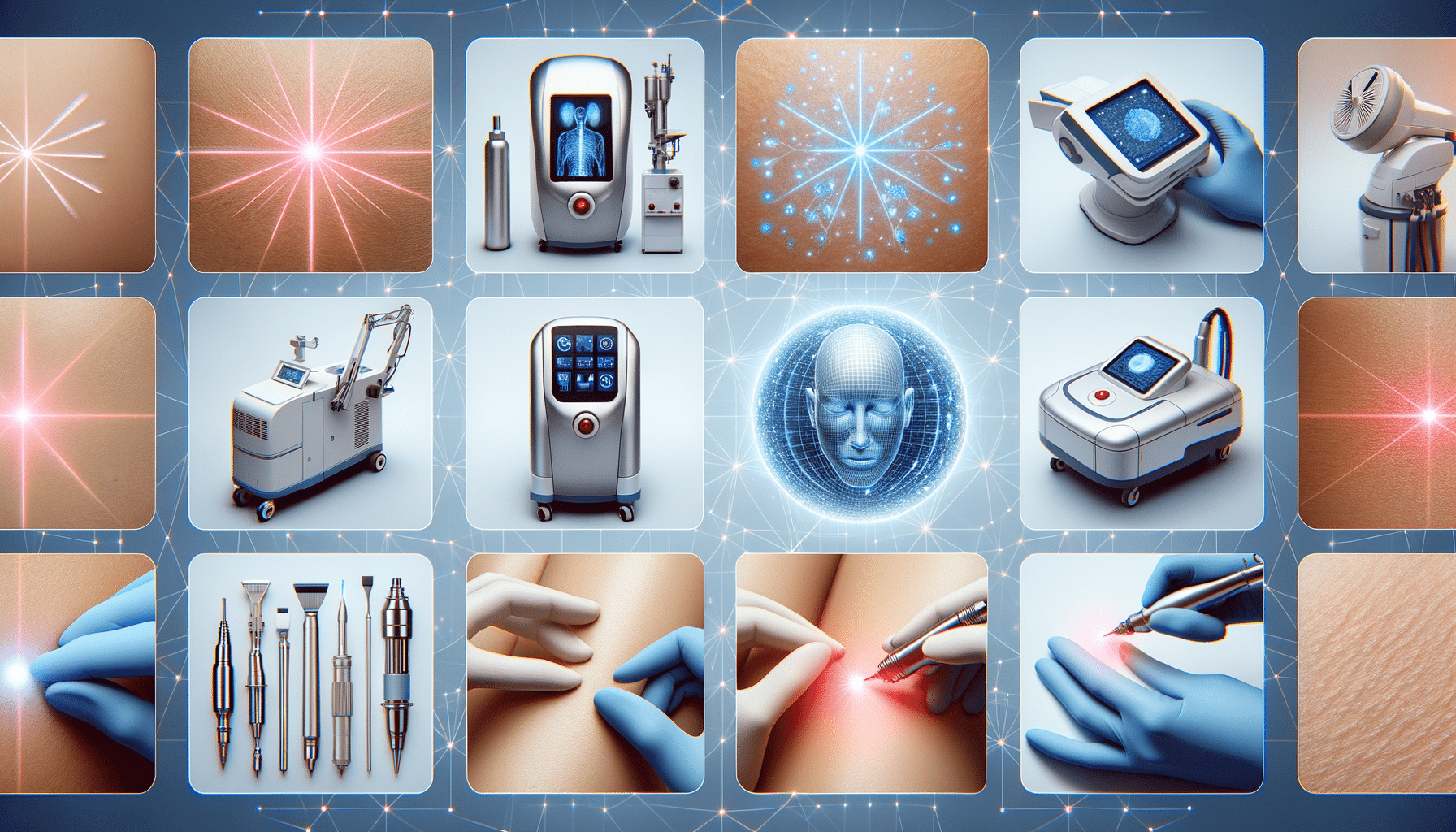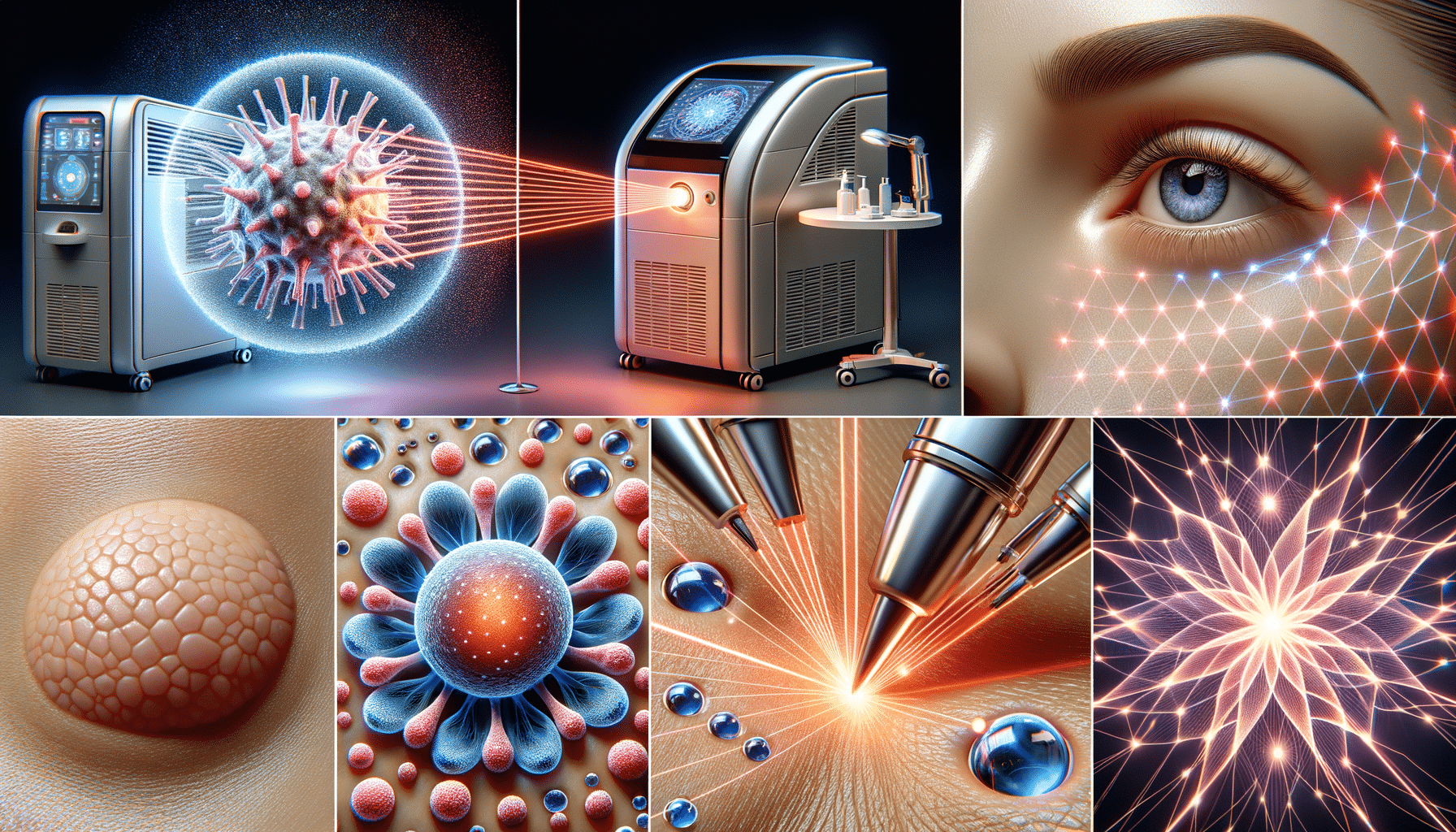
Guide to Laser Skin Treatments
Understanding Laser Skin Treatments
Laser skin treatments have become a popular choice for individuals seeking to rejuvenate their skin and address various dermatological concerns. These treatments utilize concentrated beams of light to target specific areas of the skin, offering a range of benefits from reducing wrinkles to treating scars. The science behind laser treatments involves the absorption of laser light by specific pigments in the skin, which can help in the breakdown of unwanted cells or stimulate the production of collagen. This process can lead to improved skin texture and tone, making it a valuable option for those looking to enhance their appearance.
There are several types of laser treatments available, each designed to address different skin issues:
- Ablative Lasers: These lasers remove the outer layers of the skin, which can be effective for treating deep wrinkles, scars, and other significant skin imperfections.
- Non-Ablative Lasers: These penetrate deeper into the skin without removing the outer layers, focusing on stimulating collagen production to improve skin tone and texture.
- Fractional Lasers: These create micro-injuries in the skin, promoting natural healing processes that result in smoother, more even skin.
Understanding the differences between these laser types is crucial for selecting the right treatment for your specific needs. Consulting with a dermatologist or a qualified skin care professional can provide insights into which option might be most effective for your skin type and concerns.
The Benefits and Considerations of Laser Treatments
Laser skin treatments offer numerous benefits, making them an attractive option for many individuals. One of the primary advantages is the ability to target specific skin issues with precision. Whether you’re dealing with acne scars, sun damage, or signs of aging, laser treatments can be tailored to address these concerns effectively. Additionally, the results of laser treatments can be long-lasting, providing a more permanent solution compared to topical creams or other non-invasive procedures.
However, it’s important to consider several factors before undergoing laser treatment. Firstly, the cost can vary significantly depending on the type of laser used and the number of sessions required. It’s essential to have a clear understanding of the financial commitment involved. Secondly, while laser treatments are generally safe, they can cause side effects such as redness, swelling, or changes in skin pigmentation. These effects are usually temporary, but it’s crucial to discuss potential risks with your healthcare provider.
Moreover, not everyone is an ideal candidate for laser treatments. Individuals with certain skin types or medical conditions may need to explore alternative options. A thorough consultation with a dermatologist can help determine if laser treatment is suitable for you and what precautions should be taken to ensure the best outcomes.
Preparing for and Recovering from Laser Skin Treatments
Preparation is key to achieving the desired results from laser skin treatments. Before your session, it’s important to follow any pre-treatment guidelines provided by your skincare professional. These might include avoiding sun exposure, stopping certain medications, or using specific skincare products to prepare your skin.
During the treatment, you may experience a sensation similar to a rubber band snapping against the skin. While this can be uncomfortable, it’s typically well-tolerated by most patients. After the procedure, proper aftercare is crucial to promote healing and minimize side effects. This may involve applying soothing creams, avoiding sun exposure, and keeping the treated area clean and moisturized.
The recovery time can vary depending on the type of laser used and the extent of the treatment. Some individuals may experience redness and swelling for a few days, while others might require a longer recovery period. It’s important to follow your healthcare provider’s instructions carefully to ensure optimal healing and to achieve the best possible results.
In conclusion, laser skin treatments offer a promising solution for those looking to improve their skin’s appearance. By understanding the different types of lasers, weighing the benefits and considerations, and preparing adequately, you can make an informed decision about whether this treatment is right for you.


